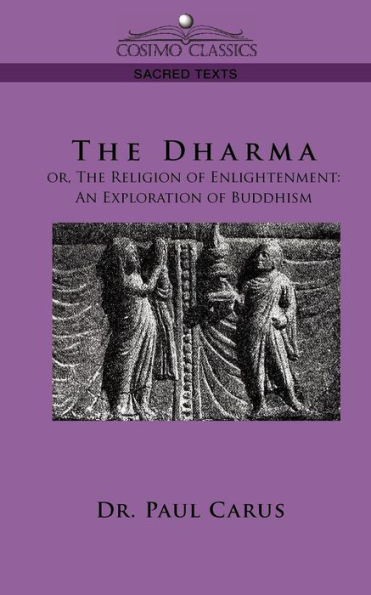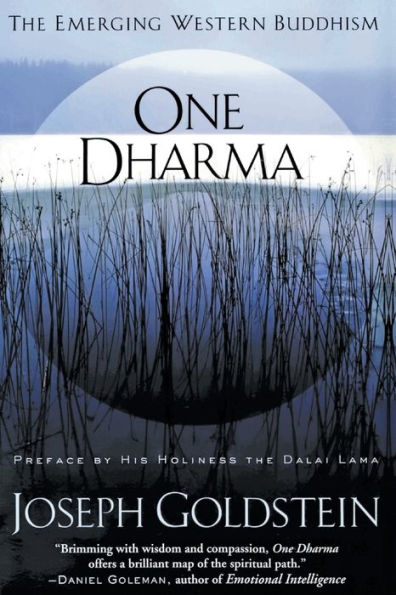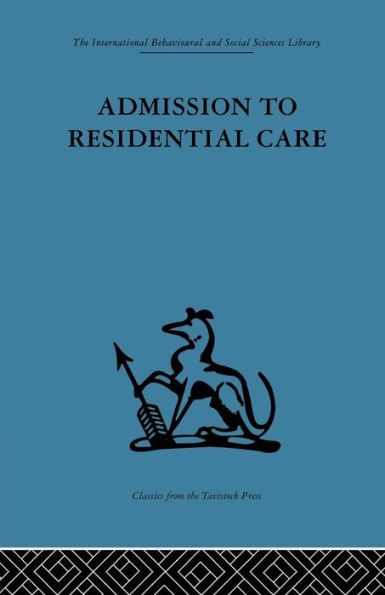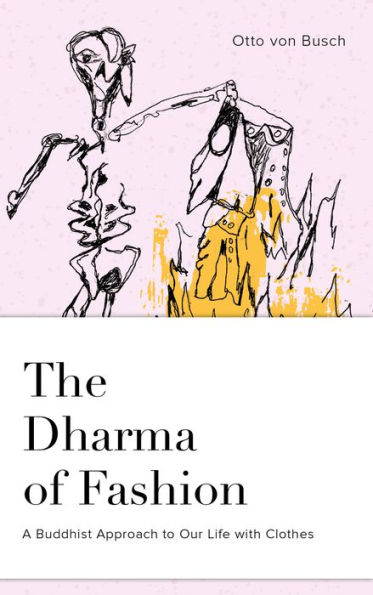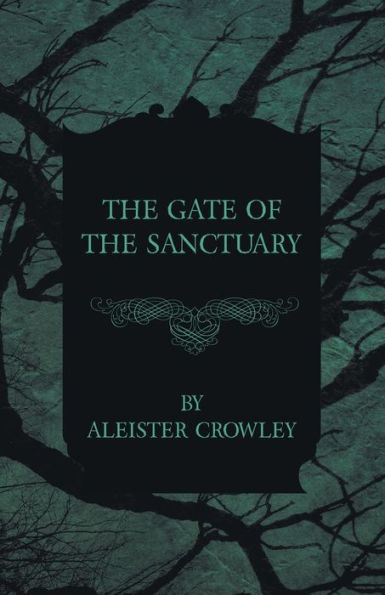Home
Sakya Kongma Series: Admission at Dharma's Gate
Barnes and Noble
Sakya Kongma Series: Admission at Dharma's Gate
Current price: $9.99
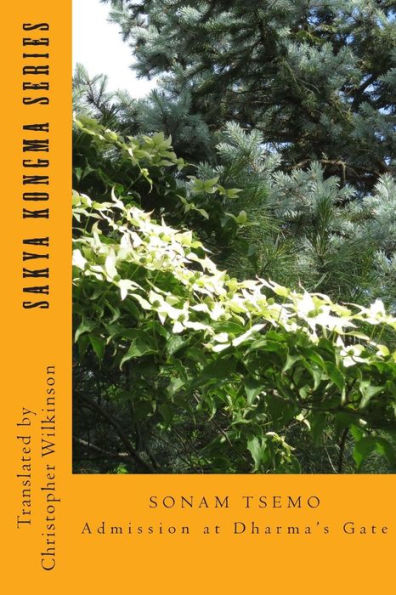

Barnes and Noble
Sakya Kongma Series: Admission at Dharma's Gate
Current price: $9.99
Size: OS
Loading Inventory...
*Product information may vary - to confirm product availability, pricing, shipping and return information please contact Barnes and Noble
Admission at the Dharma's Gate was written in the female fire pig year, 1167/1168 A.D., by Sonam Tsemo (1142-1182 A.D.), who was born in Tibet at a time when Buddhism, and the principles of learning, moral living, and the pursuit of a higher wisdom that came with it, had been the state religion for almost four hundred years. In writing Admission at Dharma's Gate he did not provide any information that would have been new. Yet this book has received the highest praise throughout Tibetan history. Sakya Pandita considered the release of Sonam Tsemo's book so important that he used its publication to mark the years for reckoning time. This book is famous not for providing new information, but for the skill with which Sonam Tsemo drew from throughout the vast literary heritage of the Buddhist tradition to present an account that would be interesting and meaningful to the people of Tibet. The book is written in a style by which everyone would enjoy it: children that are learning to read, illiterate villagers who never learned how to read, or serious scholars looking for exemplary composition. The book takes nothing for granted, starting out with basic questions about what the Dharma is and whether there is any use for, leading into clear accounts that touch on even the most sophisticated of philosophical concerns. It is well known that different understandings of Buddhism, and differential presentations of its teaching, are present in our world. Sonam Tsemo does not skirt these issues, but brings them to the fore, addressing them head-on in a way that will help readers understand how these differentials were understood in twelfth century Tibet. We also get an account of the previous lives and present life of the Buddha. These are presented in a colloquial style that makes the content immediately interesting and relevant to its audience.
